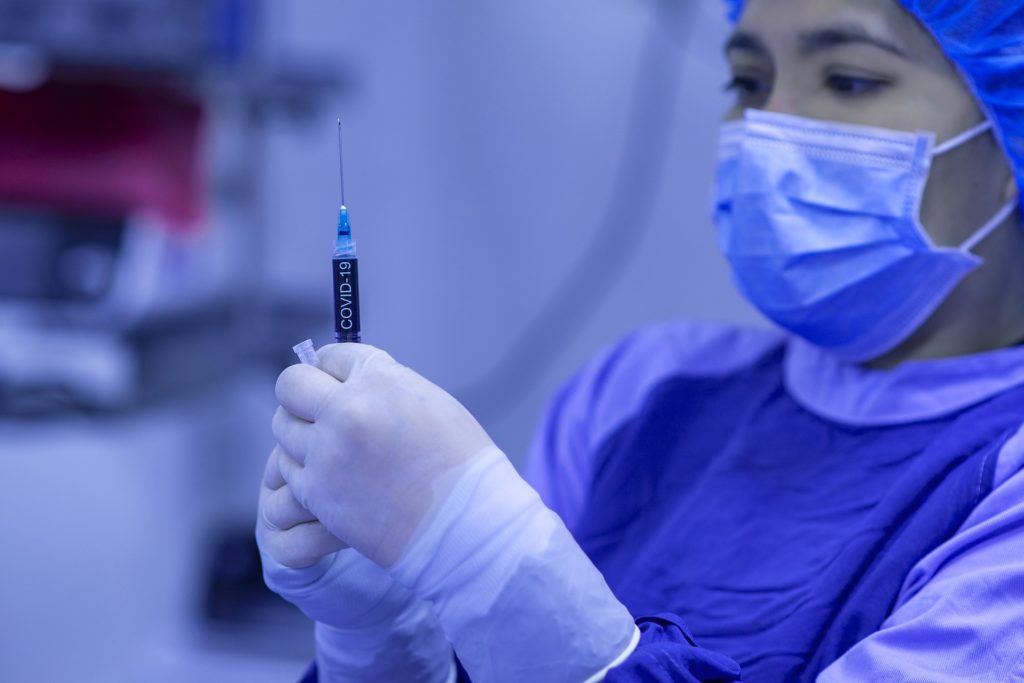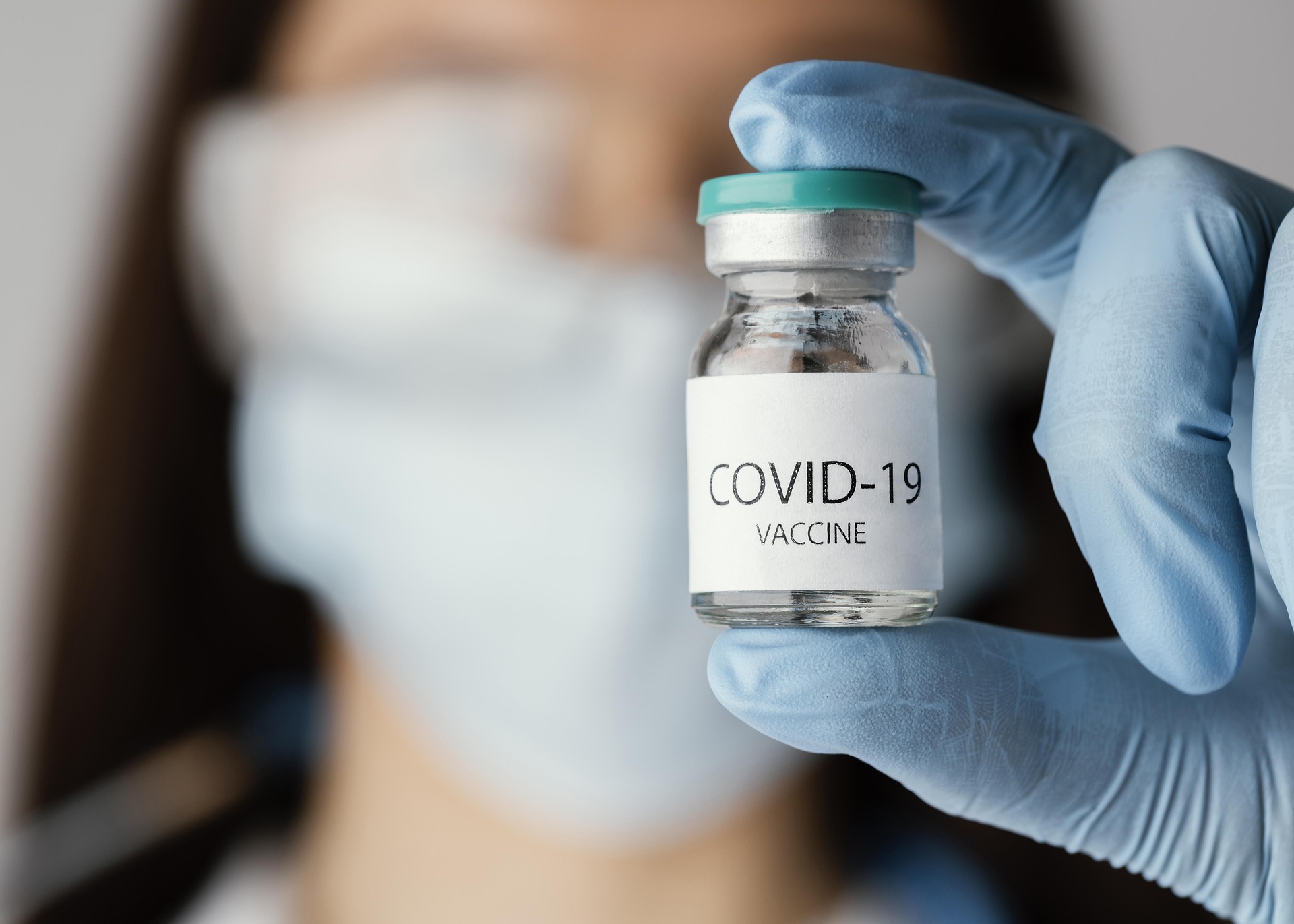As vaccination opens up throughout the country and Ohio Gov. Dewine’s rollout allowing for anyone of the age of 16 to get vaccinated, the question still remains: What is it like to get the shot?
15% of Americans are currently fully vaccinated as of the writing of this article, with that number reaching 17% in Ohio, as Gov. DeWine has expanded the rollout allowing for anyone over the age of 16 the chance to get vaccinated. Yet there still remains a long road until we reach the desired herd immunity threshold of 80% touted by top epidemiologists.
Still, there are many hurdles to reaching that number, as 30% of Americans say that they won’t be getting a vaccine anytime soon. Also, according to a PBS/NewsHour/NPR poll, 49% of GOP voters say they won’t get vaccinated.
With that in mind, let’s try to dispel some of the fear and stigma surrounding the vaccination process.
I received my first vaccination on March 3, at the Lucas County Rec. center, outside of where the old Toledo Mud Hens stadium was. Though a resident of Montgomery County, I grew up outside of Toledo and have been staying with my parents while I look for a new place in Dayton, two and a half hours away, a small fact that proves the considerable weight that many have had to face at the hands of this pandemic.
I received my second shot of the Pfizer-BioTech vaccine on March 23, at the same location; an old, recreation center with faux grass and marked white lines for a sport that I couldn’t determine while walking the labyrinth of lines and orange plastic construction fencing that worked its way through the large open space.
Having a congenital heart defect that makes me travel north to Toledo once a year and once every couple of years to the University of Michigan in Ann Arbor, for cardiologist visits and causes arrhythmias in my heart called Supraventricular Tachycardia (SVT for short) I qualified for the shot in the Phase 1B stages, which allowed people with major congenital heart defects a chance at the shot.
Though I had spent most of my “COVID year” inside, I still entered the large building with little fear of contracting the virus, as everybody entering was wearing a mask and mostly spread out.
Upon entering the building orange plastic fencing skirted around the front corralling all entrants to a spread-out, fast-moving line that led to a series of fold-out tables, each with a person manning the ends with a small laptop in front of them.
Upon making it to the front of the line, a worker would then send you with the wave of their hand to an empty spot where you would hand your driver’s license to one of the workers at one of the tables. From there they would take down your info and send you off to another line, each split into alphabetized sections, such as A-D, E-H, and so on, where you would then hand your ID to a different person who then gave you a form to fill out.
This form was no different from any of the forms you might fill out when entering a doctor’s office. It simply asked what, if any, symptoms you might have and some of your medical history, and in some cases, what medicine you might be taking, allergies you might have, as well as a few other standard questions.
From there you were ushered into a fairly fast-moving line, as people filled out the forms in a sort of staggered succession, where another worker ushered you to a large open area filled with medical professionals wearing protective apparel.

It might’ve felt like some sort of scene out of a blockbuster movie or a Stephen King novel, had it not been for the general gentleness of all of the workers, which to me, was surprising considering the speed and number of people with whom they were working with.
At this new bank of tables, I was then ushered where a medical professional asked me my name and birth date, which they checked and then proceeded to give me the vaccine, telling me to not tense up, as that would make the muscles tighten and cause more pain; a fact that resided in my long-term memory as I’ve had many shots in my life, in part due to my illness.
From there I was ushered to a large open space filled with distanced chairs, where a large clock resided over two workers. The prior worker had marked a time, fifteen minutes from my having received the shot when I was allowed to leave. After the fifteen minutes were up, I walked up, handed in my pair, was told to hold onto my card, and exited the rec center.
The days that followed my first vaccination were met with no side effects outside of a feeling of a bruised arm, which some complain as being pretty bad, but I didn’t feel it was all that bad. It’s important to note, obviously, that everybody’s body is different and will react differently. Had I not been a person who regularly had experiences with blood draws and shots, I might have felt more pain. It’s hard to say.
On March 23 I arrived to be greeted by pretty much the same sequence of events at the same rec center. There were no notable differences and the workers were nearly just as cordial. Again, everybody’s experience will differ based on where they get it.

After the second shot, I did experience some general lethargy the following day. It wasn’t considerably debilitating as I did work throughout the day, but I did feel the urge to lay down throughout most of the day. Beyond that, I had congestion, which is one of many normal responses for the human body when it is fighting off something it views as an external entity, which effectively is what all vaccines are.
Though, it is important to note that no actual COVID virus is within the vaccine. The Pfizer vaccine contains messenger RNA (mRNA) and “has both synthetic, or chemically produced, components and enzymatically produced components from naturally occurring substances such as proteins,” according to a fact sheet from Pfizer’s website.
The other ingredients listed are, “potassium chloride, monobasic potassium, phosphate, sodium chloride, dibasic sodium phosphate dihydrate, and sucrose, as well as small amounts of other ingredients.”
Each vaccine is different and each has different ingredients. For a full rundown of the major vaccines available here in the U.S., check out the CDC’s website.
Richard Foltz
Associate Editor


